In the world of spirits, bourbon holds a revered place, celebrated for its rich amber hue, complex flavor profiles, and smooth finish. Central to the character of any bourbon is the aging process—a period of maturation that transforms a clear, raw spirit into a deeply flavored, aromatic whiskey. This transformation is not merely a function of time but a complex interplay of chemistry, biology, and environmental conditions. Let's delve into the science behind aging bourbon and explore why time matters so much.
The Role of the Barrel
The journey of bourbon aging begins with its vessel: the charred oak barrel. By law, to be called bourbon, the spirit must be aged in new, charred oak barrels. This requirement is not arbitrary; the charring of the oak plays a crucial role in the aging process. The char layer acts as a filter, removing impurities and unwanted flavors from the bourbon, while the caramelized sugars and tannins in the wood impart richness, color, and a variety of flavors ranging from vanilla and caramel to spicy and fruity notes.
The Chemistry of Maturation
The aging process of bourbon is a dynamic chemical ballet, where oxygen, wood, and spirit interact in a confined space. As bourbon sits in barrels, it undergoes oxidation—a reaction with oxygen that helps to mellow harsh flavors. Simultaneously, the alcohol in the bourbon slowly extracts compounds from the wood, including lignin, which breaks down into vanillin (contributing vanilla flavors), and tannins, which add structure and depth.
Temperature fluctuations within the aging environment cause the bourbon to expand and contract within the barrel, further enhancing its interaction with the wood. In warmer conditions, the bourbon penetrates deeper into the barrel, pulling out more complex flavors. This is why many distilleries choose locations with significant seasonal temperature variations to age their bourbon.
The Angel’s Share
An intriguing aspect of bourbon aging is the phenomenon known as the "Angel’s Share"—the portion of bourbon that evaporates through the barrel over time. While this evaporation results in a loss of volume, it is a critical component of the aging process. The Angel’s Share concentrates the flavors within the barrel, ensuring that the remaining bourbon has a richer and more complex profile.
The Optimal Aging Time
One of the most debated topics in bourbon production is the optimal aging time. While there is no one-size-fits-all answer, most bourbons find their sweet spot between 6 to 12 years. Beyond this range, the risk of the bourbon becoming overly tannic or woody increases. It’s a delicate balance; too little time, and the bourbon lacks complexity; too much, and it can lose its nuanced flavors beneath an overpowering woodiness.
Conclusion
The science behind aging bourbon underscores the craftsmanship and patience required to produce this beloved spirit. It’s a process that cannot be rushed, relying on time to unlock the depth and breadth of flavors that make bourbon truly exceptional. For enthusiasts and casual drinkers alike, understanding the aging process enriches the bourbon experience, adding a layer of appreciation for each sip savored. As bourbon continues to evolve within its barrel, so too does our understanding and appreciation for this timeless spirit.
If you are a Bourbon Enthusiast, Check out our Bourbon Aroma Training Kit!



Share:
The Rise of Organic Wines: What You Need to Know
The Art of Scotch Whisky Tasting: Techniques and Terms